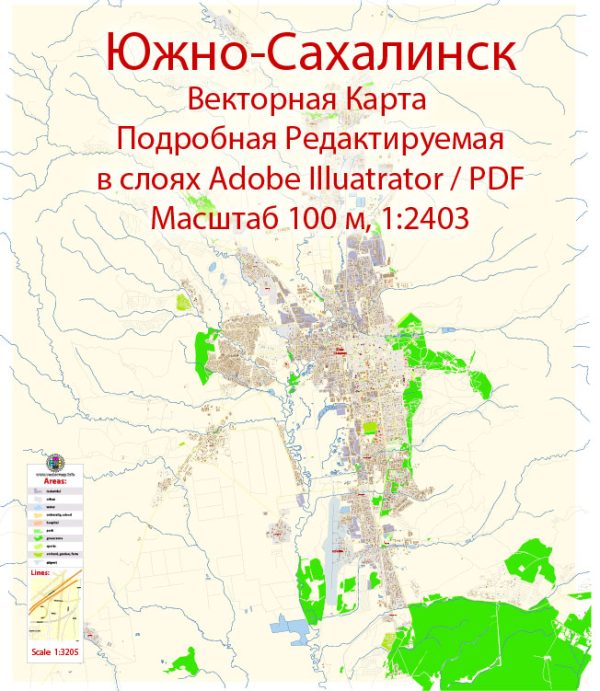Yuzhno-Sakhalinsk is the administrative center of Sakhalin Oblast, Russia, and it has a rich history of urban development. Here is a brief overview:
- Indigenous People: Before the arrival of Russians, the island of Sakhalin was inhabited by the Ainu people. The Russians began exploring the region in the 17th century, and by the mid-19th century, they established control over Sakhalin.
- Japanese Period: In the early 20th century, the southern part of Sakhalin, including what is now Yuzhno-Sakhalinsk, was under Japanese control. During this time, the city was known as Toyohara. The Japanese developed the infrastructure of the region, including railways and coal mining, contributing to the urbanization of the area.
- Soviet Period: After World War II, the Soviet Union regained control of Sakhalin, including Toyohara. The city was renamed Yuzhno-Sakhalinsk in 1946. The Soviets developed the city further, establishing it as a regional administrative and industrial center.
- Economic Development: Yuzhno-Sakhalinsk became an important center for the Soviet Union’s oil and gas industry. The development of the region’s natural resources led to economic growth and increased urbanization. The city saw the construction of residential areas, industrial facilities, and infrastructure.
- Post-Soviet Era: With the dissolution of the Soviet Union in 1991, Yuzhno-Sakhalinsk became part of the Russian Federation. The city underwent changes in its economic structure, transitioning from a centrally planned economy to a market-oriented one. This period saw both challenges and opportunities for the city’s development.
- Modern Development: In recent years, Yuzhno-Sakhalinsk has continued to evolve as a regional center. The city has seen modernization efforts, including the development of new infrastructure, educational institutions, and cultural facilities. It serves as an important hub for the oil and gas industry in the Sakhalin region.
- Cultural and Educational Centers: Yuzhno-Sakhalinsk is home to various cultural and educational institutions, including museums, theaters, and universities. These institutions contribute to the city’s cultural vibrancy and intellectual life.
- International Presence: Due to its proximity to Japan and the development of the oil and gas industry, Yuzhno-Sakhalinsk has an international presence. The city has attracted a diverse population, including expatriates and professionals working in the energy sector.
Overall, Yuzhno-Sakhalinsk’s history reflects the dynamic changes brought about by shifts in political control, economic development, and the exploitation of natural resources. The city continues to play a vital role in the economic and cultural life of the Sakhalin region.


 Author: Kirill Shrayber, Ph.D.
Author: Kirill Shrayber, Ph.D.